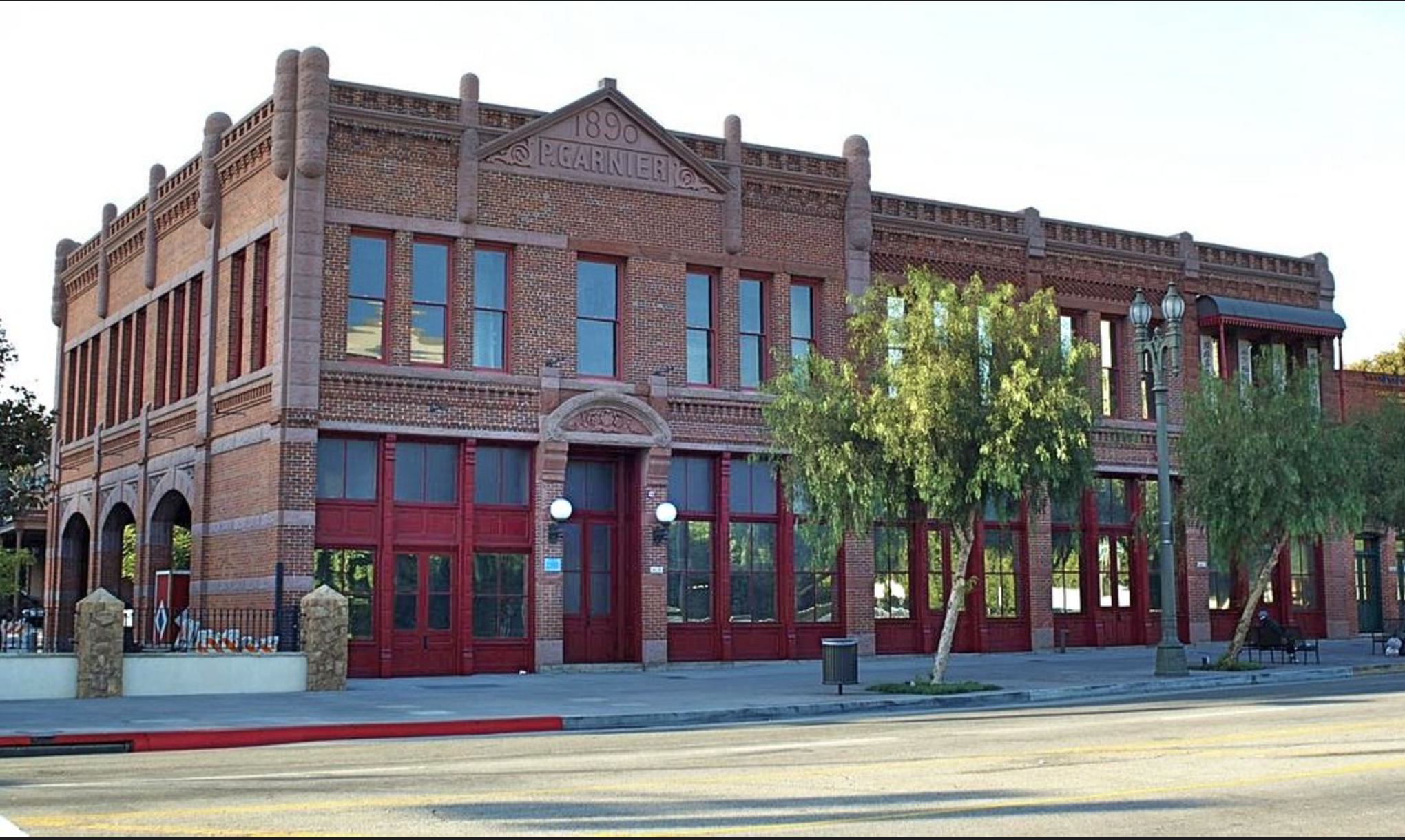Celebrating the Past & Present this Chinese New Year
“It is going to be a year of auspicious opportunities, and dragon-sized blessings for us all!”
Celebrating the Past & Present this Chinese New Year
by SweisKloss
February 15, 2024
by SweisKloss
February 15, 2024



